Strange visitors and other thoughts
AWW: Do you have any unhinged visitors, that want to relive Robin Hood?
IB: We do, yes. We get quite a lot of people who just come and wild camp, which is a problem. Because we obviously don't allow camping in here, because the site is so sensitive. It just takes one fire to get out of control. We do get people wandering around dressed as Robin Hood. If they're quiet and living peacefully, it's no problem. If they cause disruptions to other people, it's a problem. All sorts of different people use the forest. There are druid meetings four times a year, just because of the spiritual quality of trees. They appreciate the ability to come here and do that.
AWW: Do the druids worship around the Major Oak?
IB: It's close to the Major Oak, but they don't go into the public view.
AWW: Do you get people lost in the forest?
IB: It can be a problem, especially this time of year when the bracken is so high. We've got waymarking posts, but they are not easy to see when the bracken's up. The Major Oak path is very difficult to get lost on. It's such a big, wide path. If you keep on the path, you're going to get somewhere. But it's when you go a bit farther out that it gets difficult.
AWW: What goes into being a park ranger? What kinds of education do you need? What kinds of skills and experience?
IB: Well, these days, you need a good site management degree. Not just the practical aspects of managing the land, but also the recreational aspects. How to manage visitors and educate them. Coupled with that, experience is good to have. So, if you've done some voluntary work on a country park or done some conservation projects, that always helps. And above all, a sense of humour and an ability to get on with people. You really need to be an extrovert. You meet so many different people. People get very cross as well, because we open at 10 o'clock in the morning and shut at 5 o'clock at night. Because that's the way the British do things. But people get really cross about that. I don't know how you get round it, other than having twice as many staff, and staff coming in earlier and stopping later.
AWW: Have you ever met any of the Robin Hood actors? Do they ever come by here?
IB: Somebody who has been here longer than me has. He met the Michael Praed crew. They came. Some of the ones from the Prince of Thieves film. Lower-key actors rather than the big stars. There's been all sorts of film crews that have come and done bits and pieces, but we can't host a Hollywood blockbuster. We don't have the size or space really. You can take pictures of people here.
AWW: Do you have a favourite Robin Hood?
IB: Do I have a favourite Robin Hood? Do I? Yeah, I do actually. Sean Connery in Robin and Marian. Have you seen that one?
AWW: Yes, I have. Very good choice.
IB: Yeah, I liked that one. And I quite liked the Patrick Bergin one as well. I thought that was a good film, even though it didn't get much notice, because the other one [Prince of Thieves with Kevin Costner] was out at the same time. But in terms of what it was probably like, I think the Bergin film was a bit nearer the truth than the Kevin Costner film. But that was good fun. I'm not knocking that one. It made me laugh, a lot. I enjoyed that film.
AWW: Well, that about covers it. Do you have anything else to add?
IB: Just that it's a wonderful forest and that it probably owes a lot to Robin Hood.
AWW: Thank you very much.
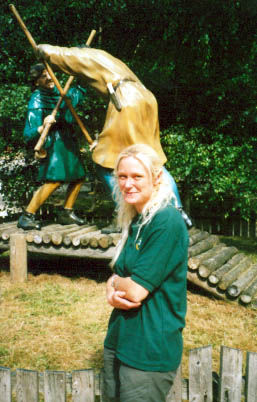
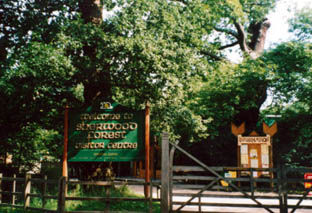
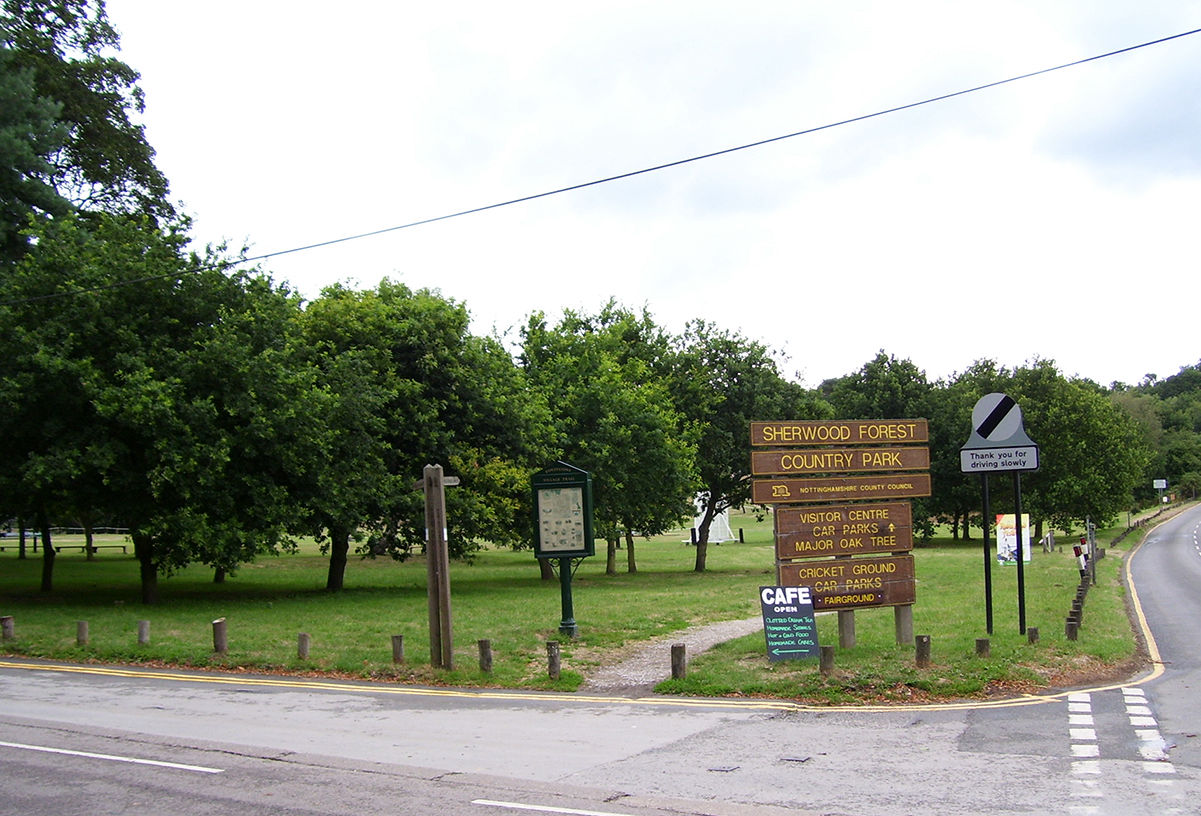
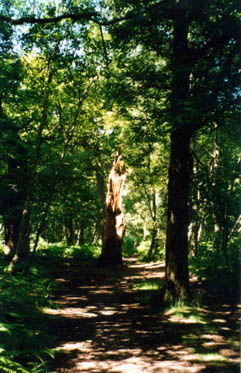
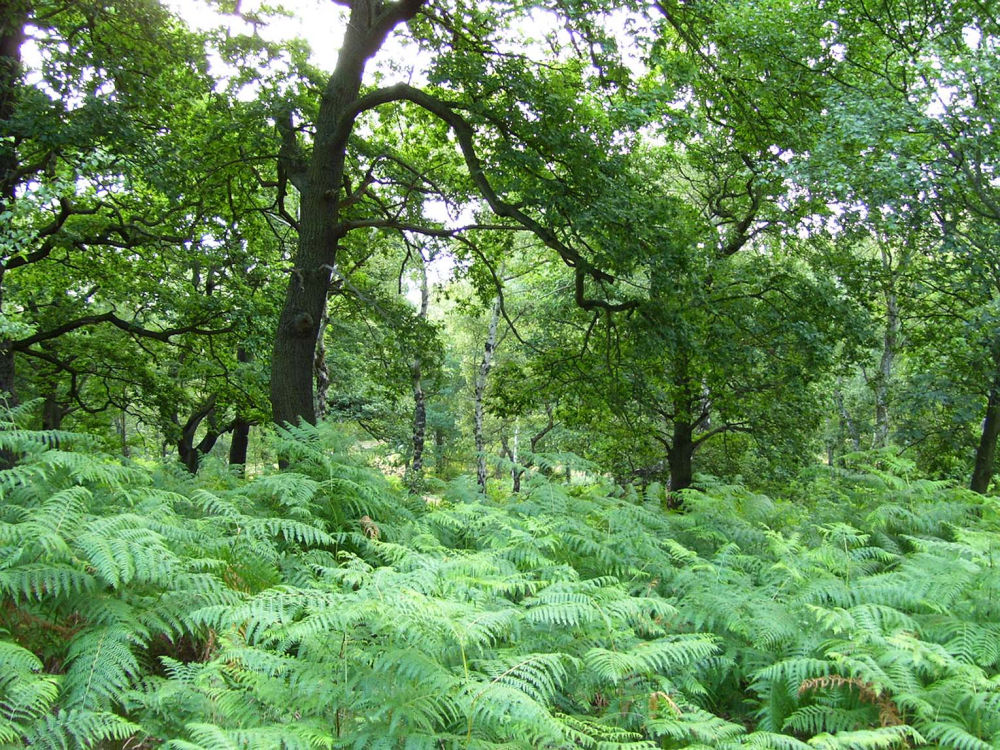
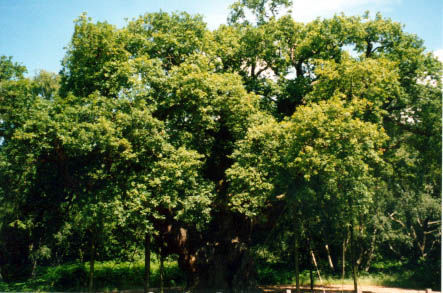
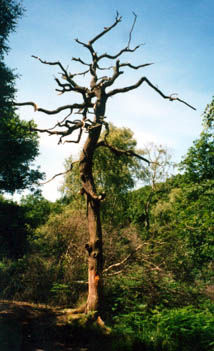
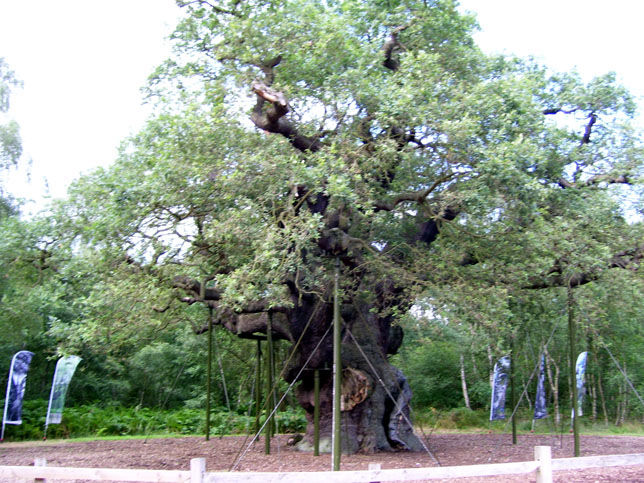
Contact Us